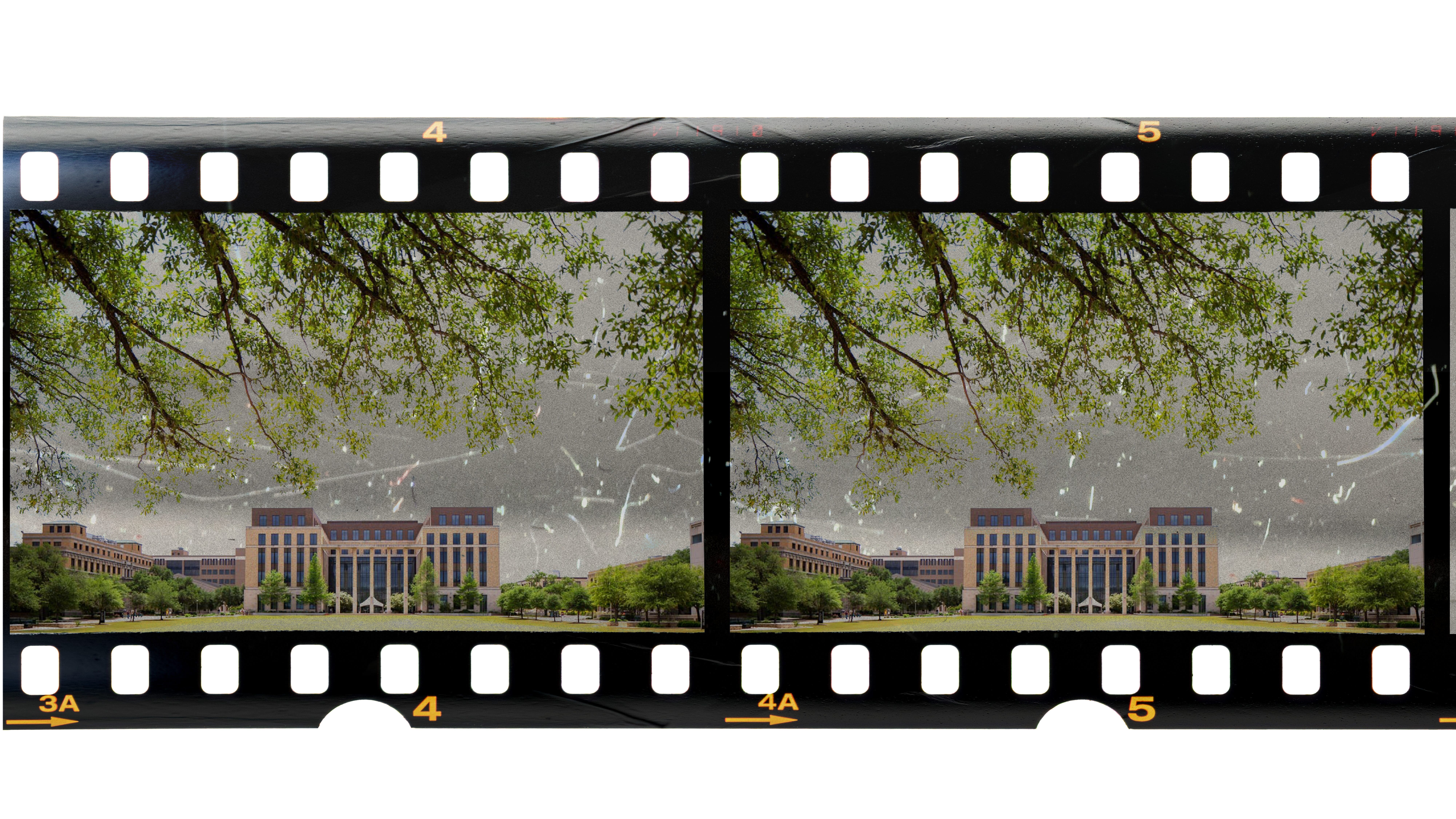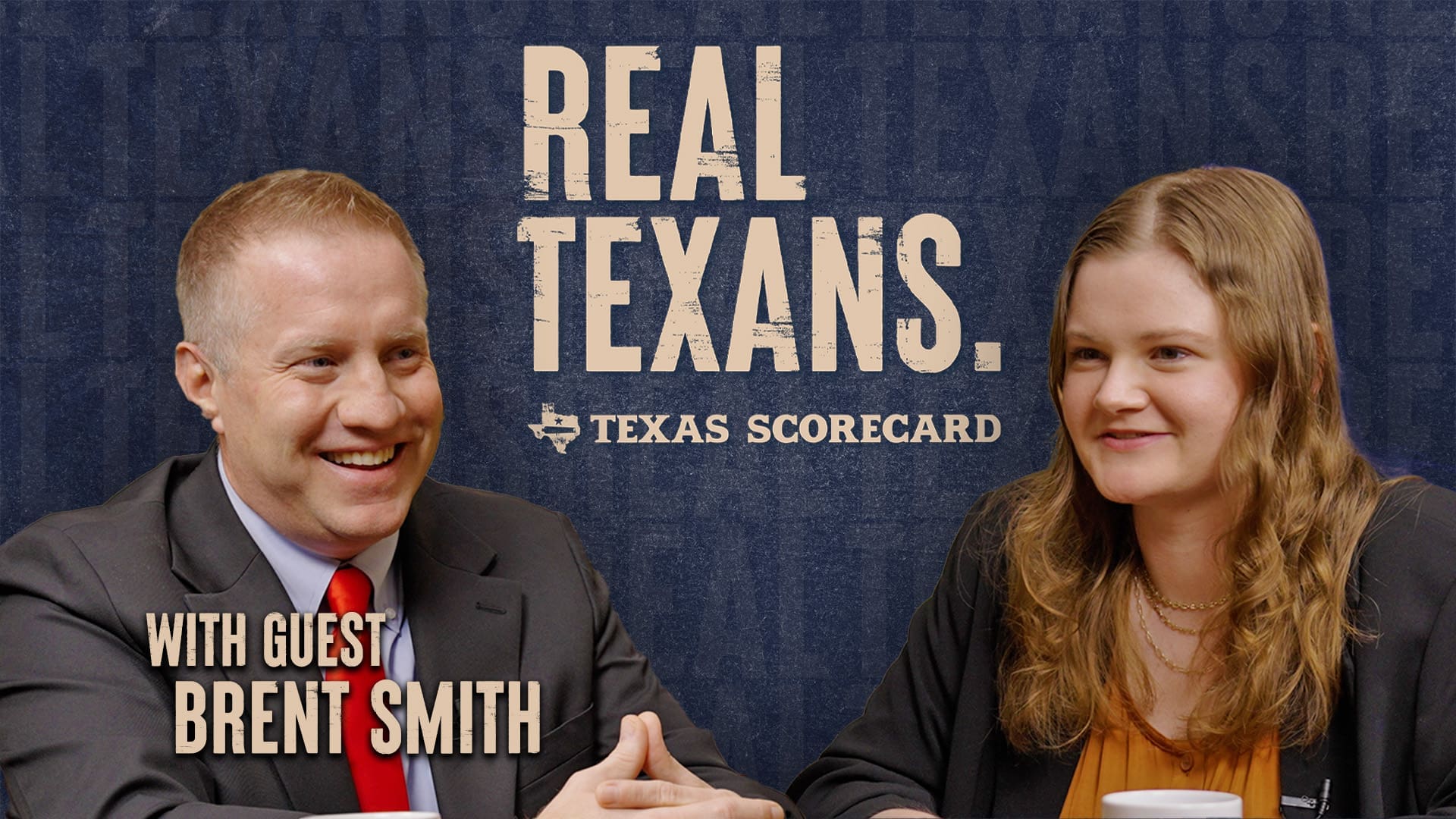A Texas A&M film class is examining horror movies as LGBT analogies.
“Gender and Genre” is a graduate course for this fall. It is taught in the College of Arts & Sciences’ Liberal Arts and Arts & Humanities Building.
The fall 2024 syllabus provided more details. The course will analyze and explore how a film genre “resonates with gendered perspectives and sexual subjectivity.”
Horror is the genre for study this fall. The course examines how the genre’s “been used to allegorize struggles related to male/female subjectivity and hetero/homosexual/queer desire.”
Course learning outcomes align with these tones.
- Analyze film and/or literary genres according to theoretical tools provided by feminist theory, queer theory, and other theories of gender and sexuality in the humanities and social sciences.
- Use those theories to articulate the ways in which gender and sexuality affects one’s understanding of works of literary and cinematic genres.
- Evaluate the ways in which genre conventions and tropes reinforce or challenge traditional or alternative forms of gendered and sexual subjectivity.
One of the readings for the course is The Monster and the Homosexual, by Harry M. Benshoff. According to Benshoff, the popular view of monsters is equal to the Western concept of homosexuals.
“Both movie monsters and homosexuals have existed chiefly in shadowy closets, and when they do emerge from these proscribed places into the sunlit world, they cause panic and fear,” he wrote. “Ostensibly based upon these melodramatic fears, as well as a host of others, the conservative right wing and Fundamentalist Christian sectors of American society have sought to demonize homosexuals within all aspects of civil(ian) life, as well as more specialized sectors such as the military and institutionalized pedagogy.”
In addition to readings, students will watch horror or suspense films from 1920 to 2014. The syllabus displays a content warning about films students will watch.

Source: “Gender and Genre” Fall 2024 syllabus.
Titles range from obscure films like “Cat People” (1942) to popular movies, such as “Alien” (1979).
Students may watch most of the assigned films online using their TAMU library card.
Texas Scorecard asked both TAMU and the Texas A&M University System how this course reflects the conservative values of the institution. No response was provided before publication.
This publication will continue to examine higher education in the state. If you or anyone you know has information regarding universities, please contact our tip line: scorecardtips@protonmail.com.
No ads. No paywalls. No government grants. No corporate masters.
Just real news for real Texans.
Support Texas Scorecard to keep it that way!





